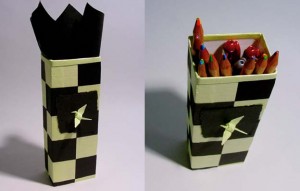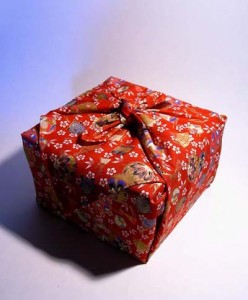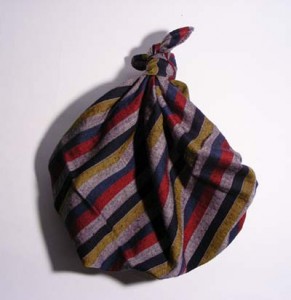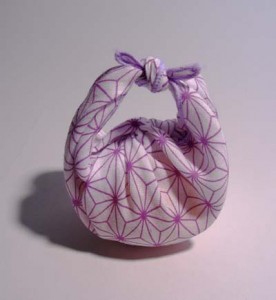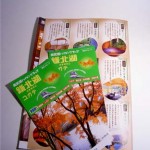Kirigami
Kirigami is the traditional Japanese name for the art of cutting paper, more specifically, decorative paper cutting.
I’m sure many have tried it at one point or another, perhaps while in elementary school when cutting out those simple snowflakes, or even a string of people holding hands.

Kirigami has become one of the more challenging forms of paper crafts, as some artists create intricate cut outs that may take several hours, or even days to complete.
There are many simple kirigami folding and cutting techniques that are great for beginners, and the finished products are lovely cut outs that can be hung in a window, framed as a wall hanging, used to decorate mirrors or stationery, or even to create beautiful mobiles.
The greatest part about kirigami is the fact that you don’t have to use special papers like traditional chiyogami or washi. You can even use magazines or old bits of paper that happen to be around the home.
Project Featured in Cut Out + Keep!
I’m happy to tell you that one of my eco projects is now featured on Cut Out + Keep and seems to be a fan favourite!
Check it out because the site is great too!
Benefits of Furoshiki
Furoshiki are traditional Japanese cloths that are used for a variety of things. They are most well known to be wrapping cloths that are the eco alternative to paper and plastic gift wrapping.
They were used from ancient times as a way to easily carry and transport objects and shopping. Over time, furoshiki became more popular for merchants to transport goods and others used them to decorate and wrap gifts for special occasions.
In Japan, they are not as popular as they once were, but you can still see some people using them to wrap their bento (for daily lunches or especially during picnic seasons) and use them as a placemat.
Overseas, furoshiki are becoming more and more popular as an eco alternative to plastic bags and other wasteful packaging.
There are dozens of different ways to tie furoshiki cloths, from wrapping gifts (boxes, bottles…), making handbags from them, grocery shopping carrier, and even clothing items (little tops, sash, bolero…) or accessories (hair, outfit, handbag…).
A fantastic video showing different furoshiki folds:
Origami and Kirigami Mobiles
***Quite busy these days, but the pictures will be posted at some point in the future!***
Origami is a great method to create interesting and intricate looking decorations, very fun mobiles for children, or even outdoor wind chimes.
Origami can use any paper, or even fabric, it all depends on the model and function.
My favorite paper is chiyogami or light washi, but I have used many others like tissue paper, old wrapping paper, cardboard paper, magazines, brochures and even parchment paper.
When using chiyogami and washi, they are lovely for special decorations or additions to gifts since they vary in colour, pattern and texture.
They are great for origami mobiles and if properly sealed, outdoor creations as well.
To begin, decide which origami shape, and how many of them you would like.
Then choose the paper you would like.
If it’s for a baby’s mobile, sharp, contrast works best, so black and white patterns are a good choice.
For outdoor wind chimes, a thicker waxy paper would work well, but chiyogami and washi are also great choices as long as you use a waterproof sealer.
The size of the paper is your choice, the average origami sheets come in 15cm x 15cm squares, but you can cut that into quarters and make mini origami pieces, or just buy small pre-cut packs of origami.
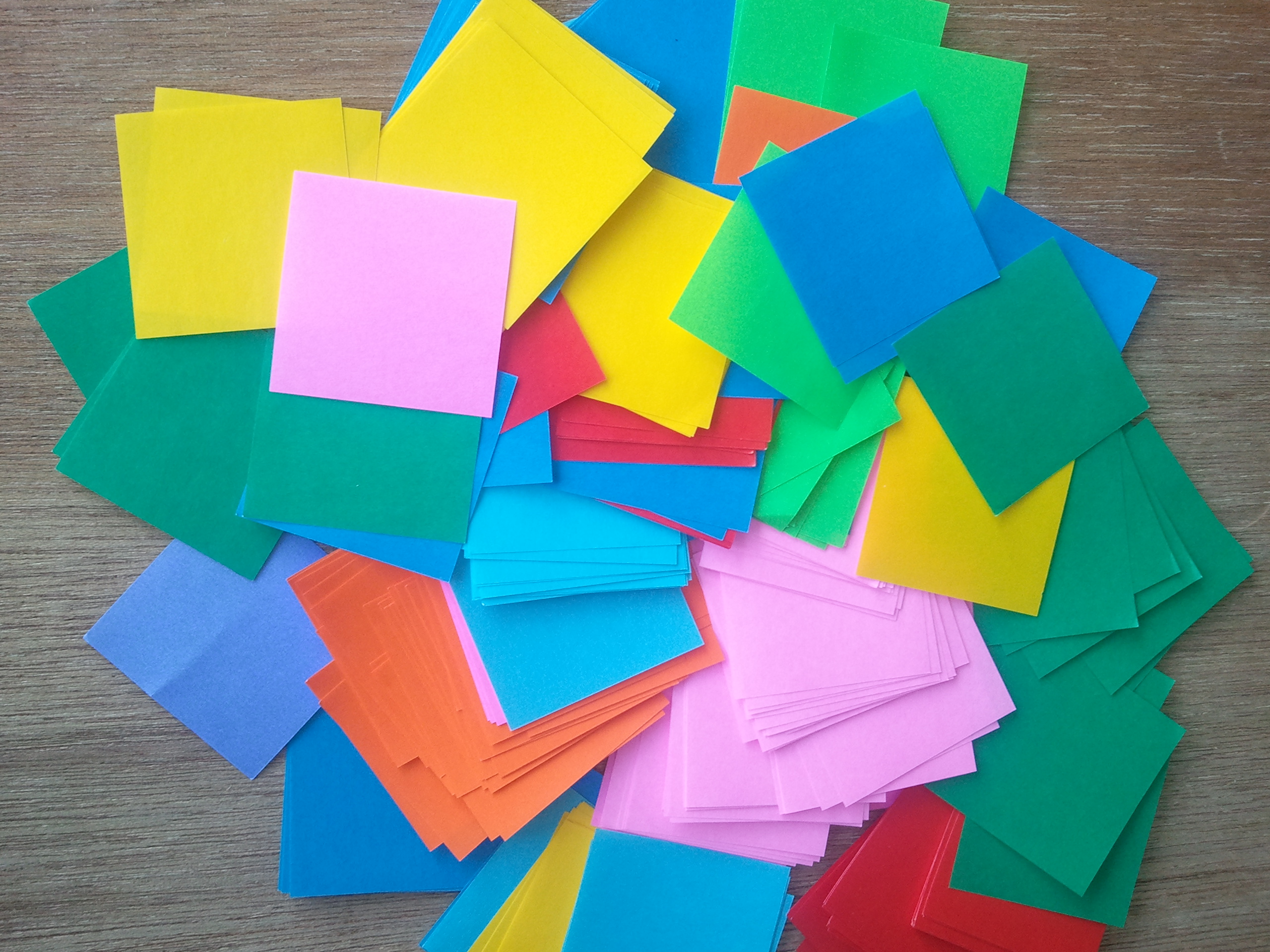
Freebies for Art Projects
Today, we produce a lot of waste in our homes and at work from packages, junk mail, as well as products that have served a purpose and are no longer needed.
Many of these used and wasted materials can be used for projects to create practical or decorative items.
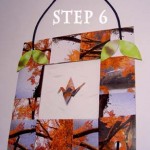
In previous posts, I’ve already shown how to make decorative frames and boxes from materials around your home.
If you ever have a project in mind and require materials like cardboard or decorative paper, unless it’s a specialized project, you can use a lot of the free materials that are available.
There are many things we have around the home that can be quite useful.
For example:
Cardboard:
- dried food packages
- old/used notebooks
- product packaging
Paper:
- flyers
- fast food restaurant
- menus
- brochures
- business cards
- wrapping paper
- maps
- holiday cards
- newspapers/magazines
- mail/money envelopes
String:
- packaging string
- sewing thread
- yarn
- shoelaces
- hair ties
- boxer elastics
- old clothes/socks/bag straps
Extras:
- colourful pens
- paints
- markers
- nail polish
- old/broken jewelry
- anything old or torn
- anything with decorative bits and pieces.
Besides our homes, there are many other places that will have freebies.
With many of my eco projects, I use various materials that I have at home, or happen to receive (usually from people who stand outside handing out flyers).
Other places that I’ve noticed for freebies are:
Supermarkets:
newspapers, magazines, flyers, brochures, boxes, bags, foam, paper
Banks:
Brochures, envelopes, carbon paper (if you make a mistake on a form)
Train/ Bus Stations:
Flyers, brochures, free magazines & newspapers
Cafes:
Brochures, paper food bags, tissues, wooden stir sticks, mini spoons, sugar packets & mini cream containers (after use), plastic straws
Fast Food Restaurants:
Plastic straws, tissues, paper tray covers, sugar packets and mini cream containers (after use), plastic utensils, wooden stir sticks, brochures, flyers,
Museums and Art Galleries:
Lots of reading materials, advertisements, brochures, free magazines, postcard ads, flyers (all will usually have colourful or interesting images)
Book Shops / Music Shops:
Free magazines, catalogues, flyers, ads
Department Stores/Shopping Malls:
Flyers, free samples, brochures, free magazines, newspapers





